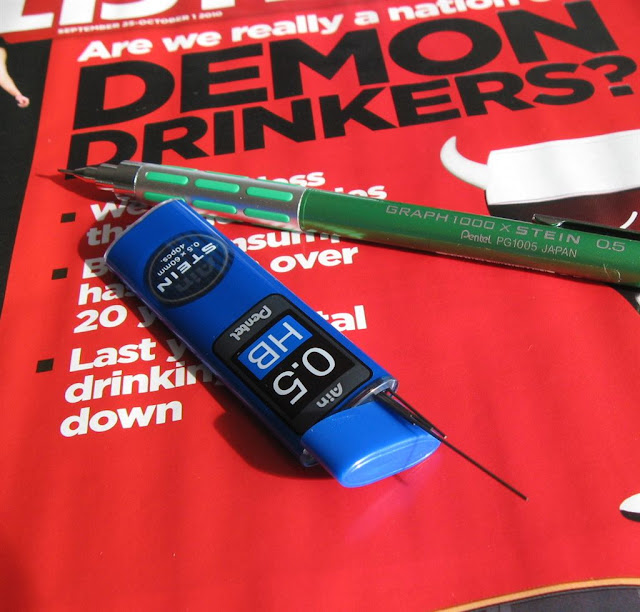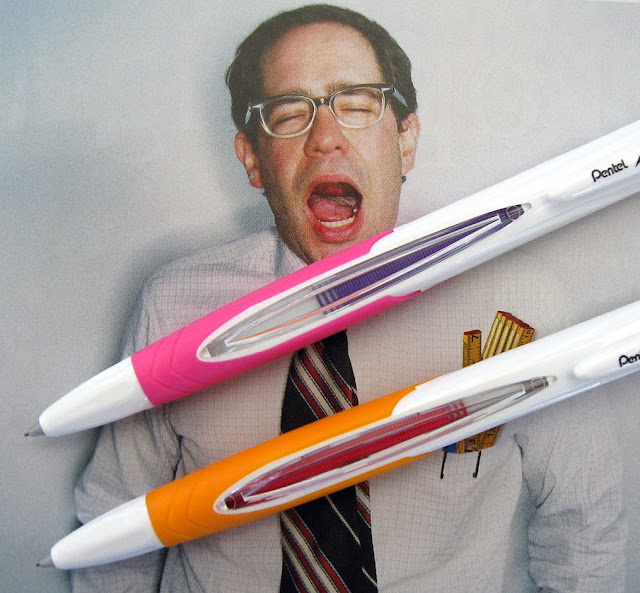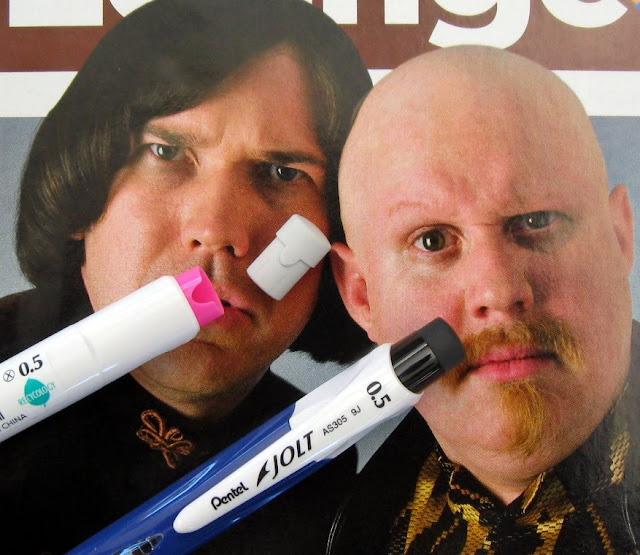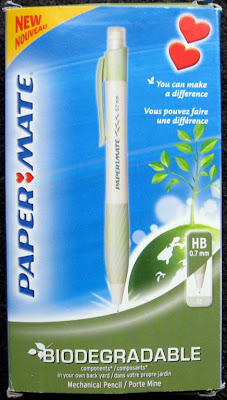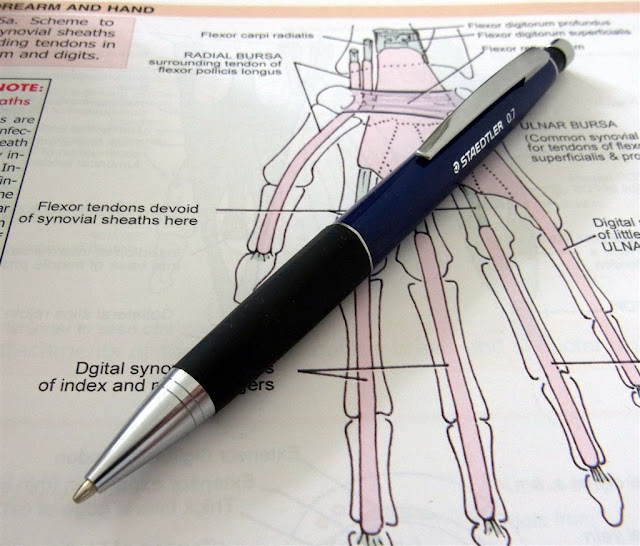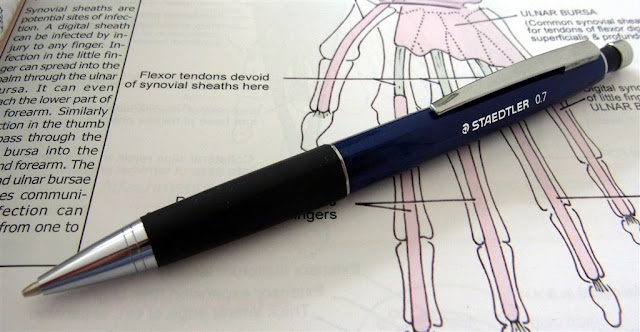Pentel Ain Stein Lead Review
Prior to the 1960’s the thinnest commercially successful mechanical pencil lead was 0.9mm. Thinner leads of sufficient customer acceptable strength were just not possible. Then in the 1960’s Pentel developed pencil leads using polymer rather than the traditional ceramic clay as the binding agent. Suddenly leads of 0.5mm and even thinner were possible, and the 0.5mm mechanical pencil as we know it today was born.Pentel have recently released their latest generation lead, Ain Stein.
S = Strongest
T = Technology
E = Enhanced SiO
I = Integrated
N = Network
Now, I don’t read Japanese so I can’t really say exactly what Pentel claim about Stein, but as far as I can make out from Google Translate, it appears they have incorporated some silica like crystalline regularity into the structure of the lead, thus improving strength, smoothness and darkness. I’m not sure if silica is the main binding agent or if it’s a polymer and silica mix.
Clearly a new product such as this immediately aroused my interest, and I was off on an internet shopping expedition. When I opened the parcel containing my first delivery of Ain Stein I was immediately struck by the sheer colourfulness of it all. It was a mighty pretty sight.
To coincide with the release of Ain Stein, Pentel have also released a Limited Edition Graph 1000 x Stein PG1005S mechanical pencil. There is also an Ain Stein plastic eraser as well. It’s eye-candy. It really is. I can only apologise and say that my photographic ability and equipment is just not up to the task.
The leads come in very nice plastic containers, with a bright colour scheme sweeping through the spectrum by lead hardness. As at the time of writing, in 0.5mm the range is 4B through to 4H, including F and HB Hard and HB Soft as well as normal HB. There is also red and blue coloured lead.
You twist the top of the container to uncover a small hole which the leads are dispensed through. The container is recyclable.
Well, Ain Stein certainly has the style, but does it have the substance? Is it smoother, darker and/or stronger than good ole’ everyday Ain? Time to put our size 0.5mm HB models to the test.
First up, how do they compare when erased by Staedtler Mars plastic eraser? (S = Stein, N/S = Non-Stein)
No difference as far as I can tell.
How about smear resistance?
No real difference. Both are quite smear resistant, although if you twisted my arm I might suggest that maybe Stein had a fraction more smear. Just maybe.
Let’s check out darkness.
Yet again, no difference that I can really tell.
Pentel also seem to be claiming an improvement in smoothness.
Well, here maybe for the first time I did notice some difference. Normal Ain is certainly a smooth lead, but Ain Stein did seem a fraction smoother. I did feel that little more of a glide over the paper.
Finally then the strength test. My lovely assistant loaded my test pencils with Ain and Ain Stein so I didn’t know which was which and I proceeded to snap leads. Over and over. The end result was pretty conclusively inconclusive. I did at times think I noticed a difference in failure mode with Stein being a much cleaner sharper break versus normal Ain tending to crumble and break, but other times they seemed the same. Equally on those occassions when I thought one was stronger than the other it was usually Stein, but not always, and most often I didn't think there was any difference. So, I’m not going to dispute that the lead testers down in Pentel’s lab can show Stein as being stronger, but out in the real world I don’t think your average pencil pusher will notice much difference.
So, final conclusion? Pentel apparently say Ain Stein has improved strength, smoothness, consistency and darkness. I can’t disagree, but overall I can’t really agree either. All of my tests here are very subjective, as is each users own experience with their mechanical pencil, lead, paper and writing style combination. I won’t therefore be surprised to see someone else disagree with my assessment of Ain Stein. As I said, I’m sure the Pentel lead experts can tell the difference, just not ordinary folk like me.



